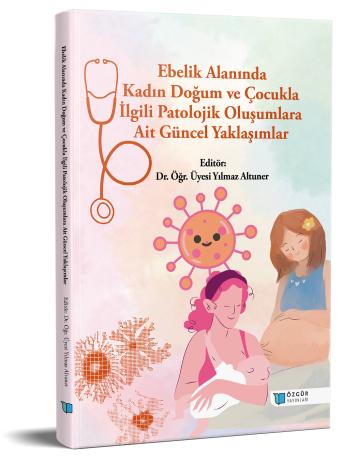
Endometrial Polyp
Chapter from the book:
Altuner,
Y.
(ed.)
2025.
Current Approaches to Pathological Formations Related to Obstetrics and Child in The Field of Midwifery.
Synopsis
Endometrial polyps are tissue growths that develop in the inner lining of the uterus (endometrium) and are typically benign. These polyps may cause various symptoms such as menstrual irregularities, intermenstrual bleeding, postmenstrual spotting, and menorrhagia (excessive menstrual bleeding). In some women, they may also be associated with infertility or recurrent pregnancy loss. Hormonal imbalances, particularly excess estrogen, play a significant role in the development of polyps. Additional risk factors include obesity, hypertension, and the use of certain medications such as tamoxifen.
Diagnosis is commonly achieved through ultrasonography, hysteroscopy, or endometrial biopsy. Small and asymptomatic polyps may be monitored periodically, whereas larger polyps that cause symptoms or pose a risk for infertility are generally removed surgically. The most common treatment is hysteroscopic polypectomy, during which the polyp is directly excised from the uterine cavity. Although most polyps are benign, those causing postmenopausal bleeding should be carefully evaluated due to the increased risk of malignant transformation.

